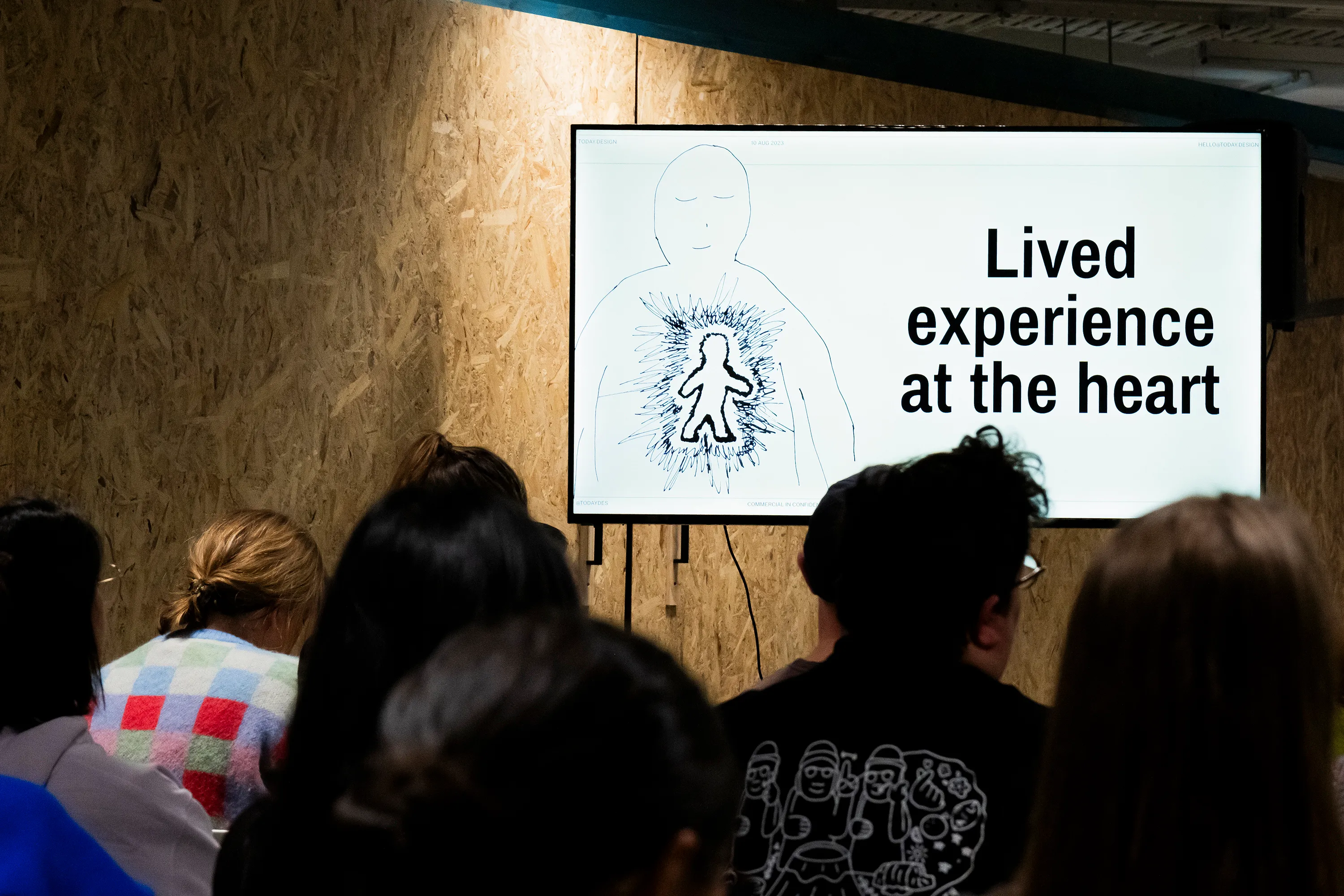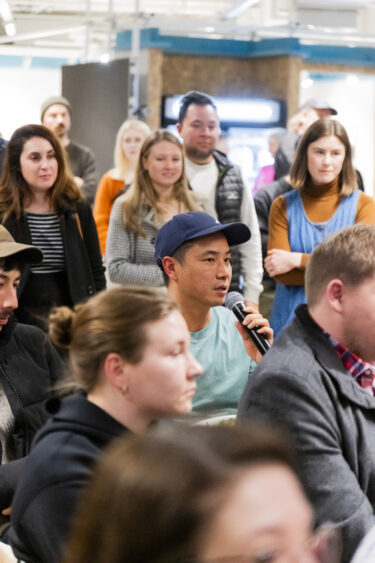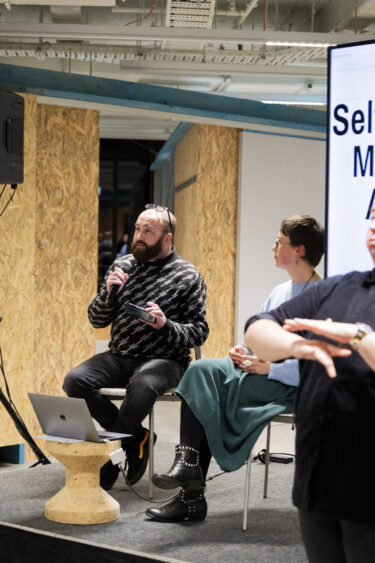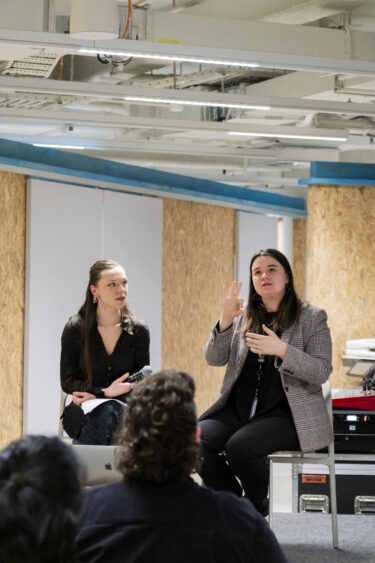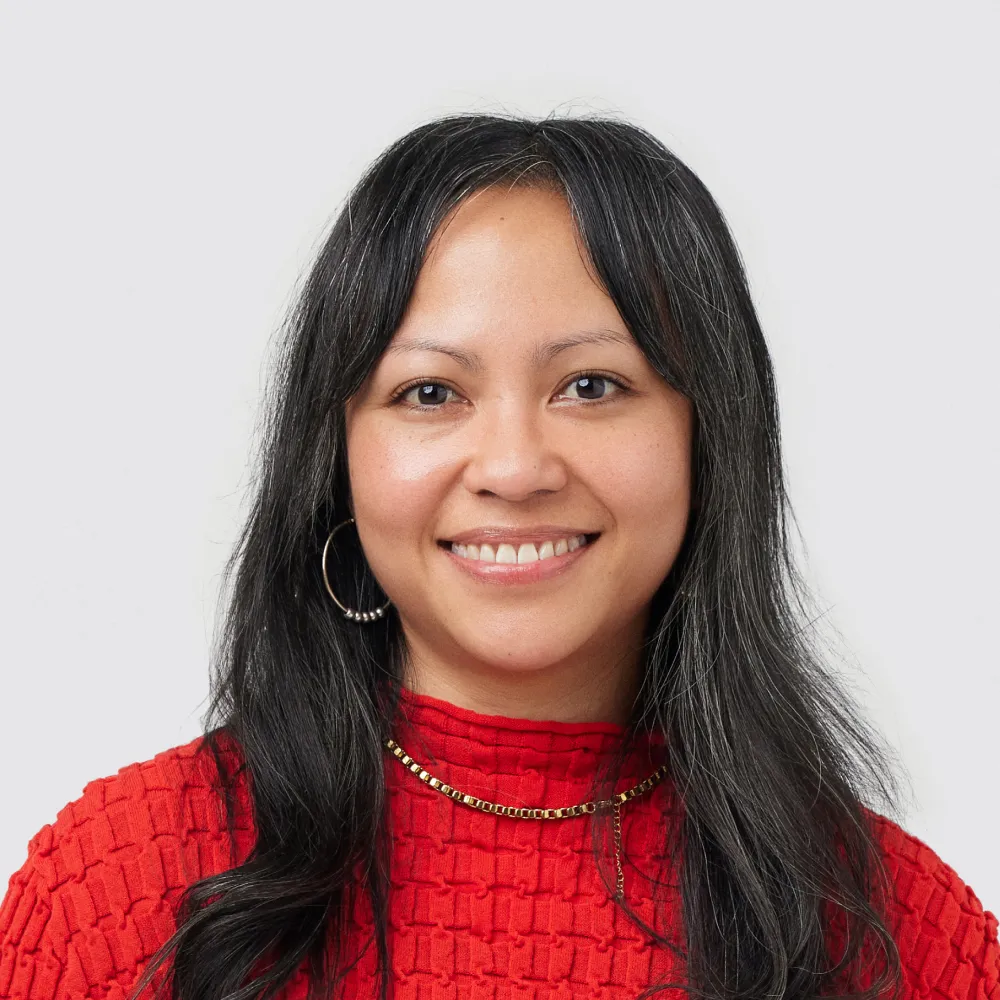Collaborative problem-solving and design can help make human services safer, more accessible, and more effective. But getting it right can be hard, especially in complex settings.
At our recent event, hosted in our new studio, we asked three of our partners and designers to share their experiences and learnings: How have they effectively advocated for, participated in and implemented co-creation? How have they navigated complexity?
In conversation
Simon J. Green, Program Manager at Youth Disability Advocacy Service
Beata Klepek, Experience Design Lead at Today
Olivia Beasley, Learning & Training Manager at Expression Australia
Leo Beganov, Senior Product Designer at Today
Shauna Carlon, Program Officer at the Mental Health & Wellbeing Promotion Office of the Victorian Department of Health
Alex Moshovelis, Service Design Lead at Today
Watch the event recording : Co-creation in complex settings
Key takeaway: An open mind opens possibility
Be open to adapt.
Stay open to unexpected shifts in direction. Emergent insights arise through co-creation that have the power to amplify impact.
Monitor for unexpected outcomes.
Once a solution is in the real world, additional ways to use it may surface. Monitor for these use cases, and build on them to derive even greater value.
Trust is the bedrock of collaboration.
Trust in the strengths and expertise of your co-creators. Share knowledge, ask questions and listen without judgement or assumption. This will build trust and confidence.
We were realising that this isn't just about sending out your NDIS plan. It's not just about goal setting. One of the biggest discussions was we were talking about the idea of bringing disability pride into the content.
Simon Green, Program Manager at Youth Disability Advocacy Service
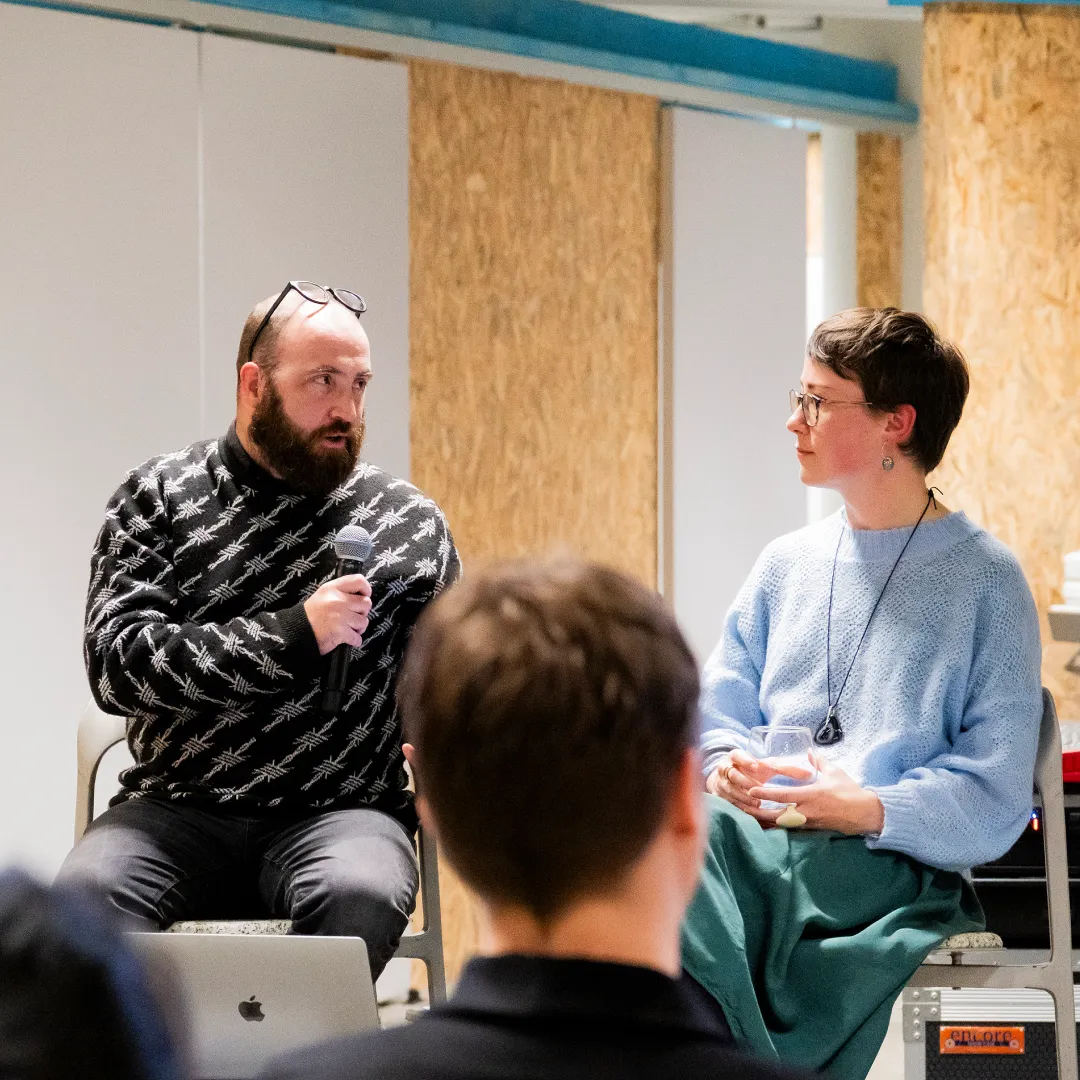
We created this climate within ourselves of openness, no pressure, no judgment that really enabled us to collaborate really deeply. To look at the possibility that we could unlock together.
Beata Klepek, Experience Design Lead at Today
Key takeaway: Inclusive collaboration is at the heart of inclusive design
Design how you'll work together.
To engage meaningfully, carefully plan how every moment of the design process will support people to participate equitably and with confidence.
Engage throughout, not just up-front.
To accurately capture cultural nuance and meet diverse needs, engage with your co-designers in loops to ideate, test, and iterate concepts.
The launch is not the finish line.
Make time in the design process to identify what future product owners and users from diverse backgrounds may need to support and maintain the product so that it's sustainable.
This bilingual complexity that we were facing really changed the way that we worked together. It informed a lot of our ways of working, our rituals, and how often we collaborated.
Olivia Beasley, Learning & Training Manager at Expression Australia
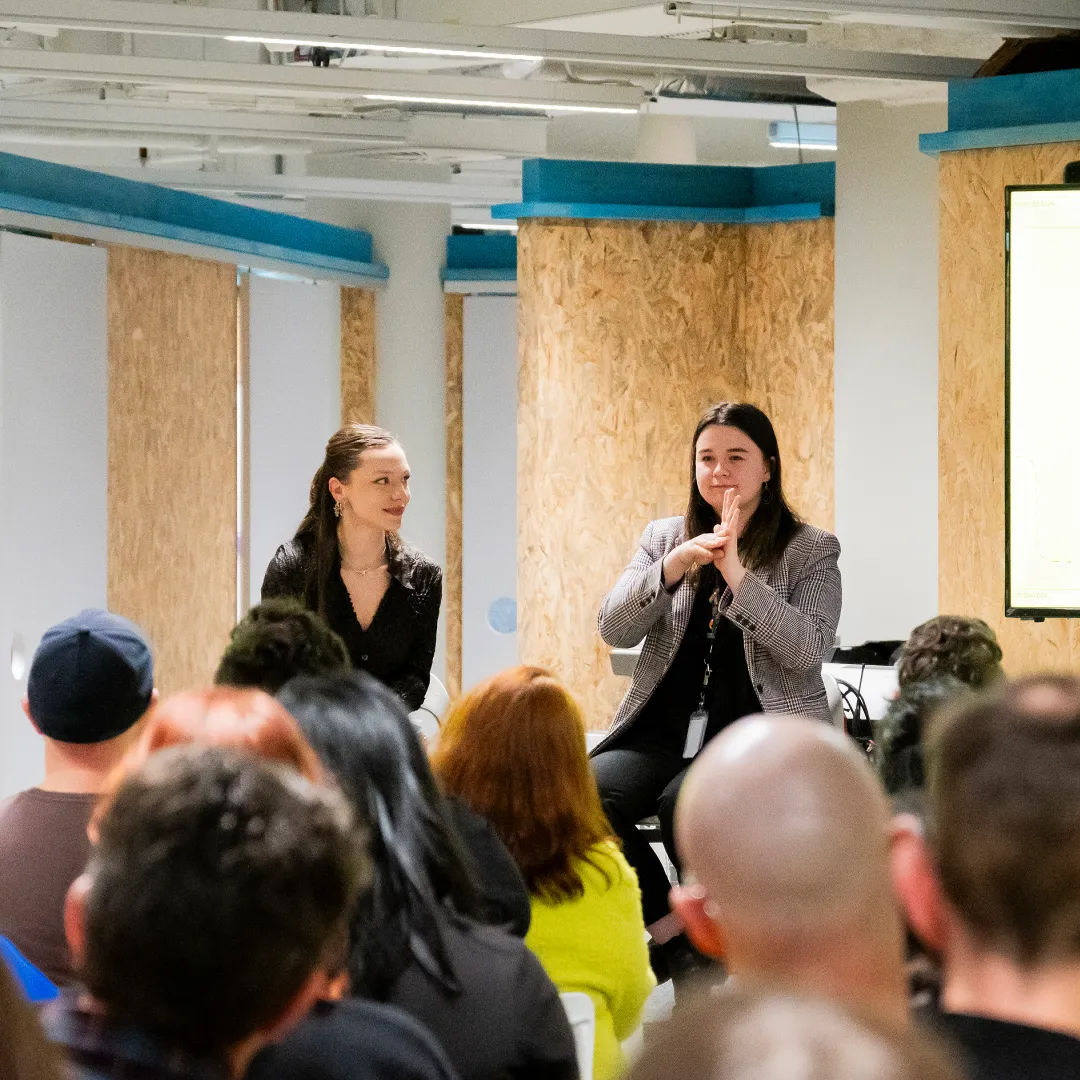
Without that kind of regular engagement, we wouldn't have gotten the clarity that we needed and potentially would have made some decisions that didn't feel quite right for the community.
Leo Beganov, Senior Product Designer at Today
Key takeaway: Creativity fuels new
Relationships nurture creativity.
Make space for co-designers to get to know each other and build trust. This means they'll feel safe to share ideas and without being judged.
Set clear boundaries.
It's important that co-designers know what's in scope, and what is out of scope. This creates shared understanding and expectations, and focuses group creativity.
Remunerate lived experience.
The expertise people with lived experience bring to the room fuels the creativity of all. Establish processes to remunerate fairly and in a timely way.
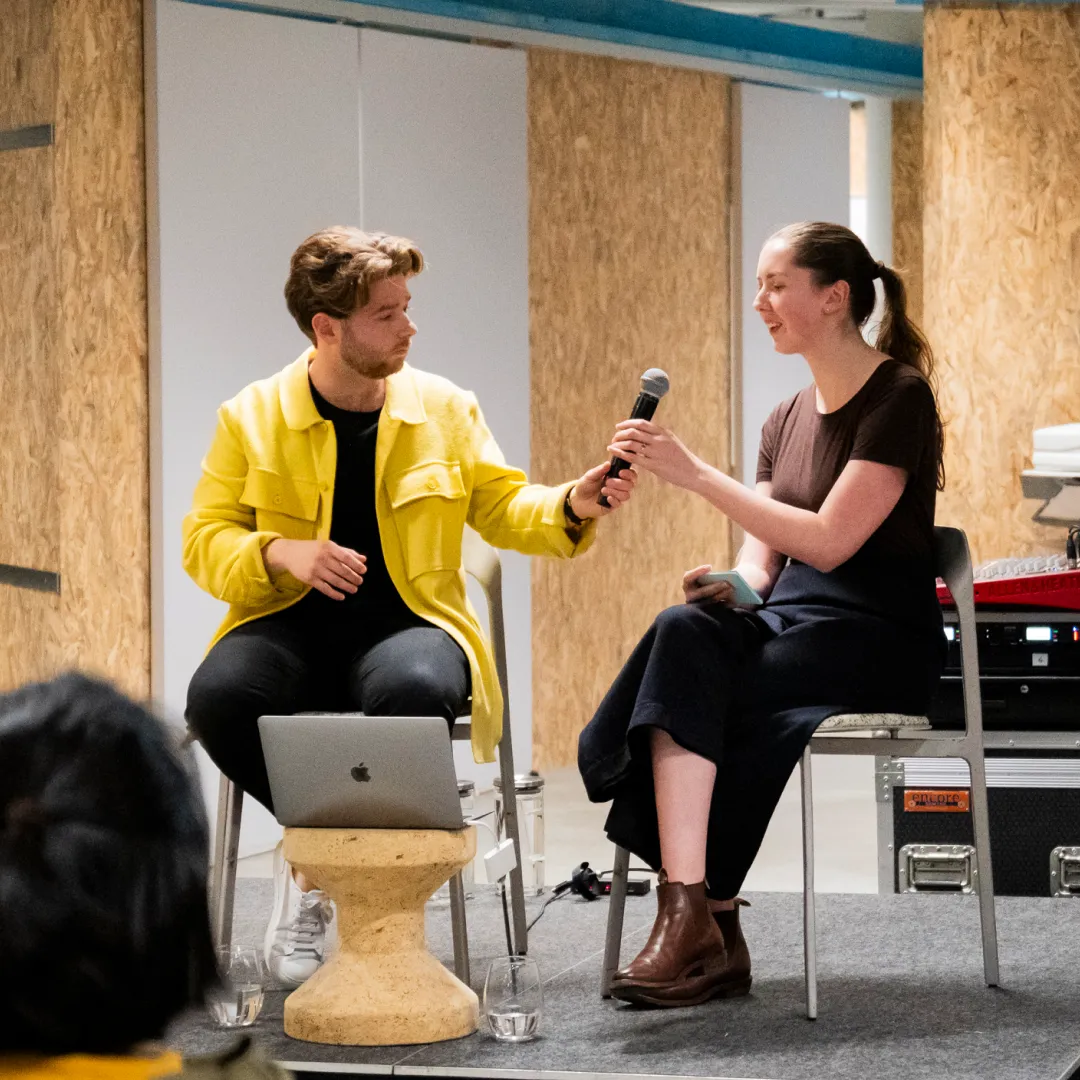
Both the relationships and the creativity are important. You can't have one without the other. We set aside time at the start of every meeting for a connection activity. It grounds us and reminds us that we're all human.
Shauna Carlon, Program Officer at the Mental Health & Wellbeing Promotion Office of the Victorian Department of Health
